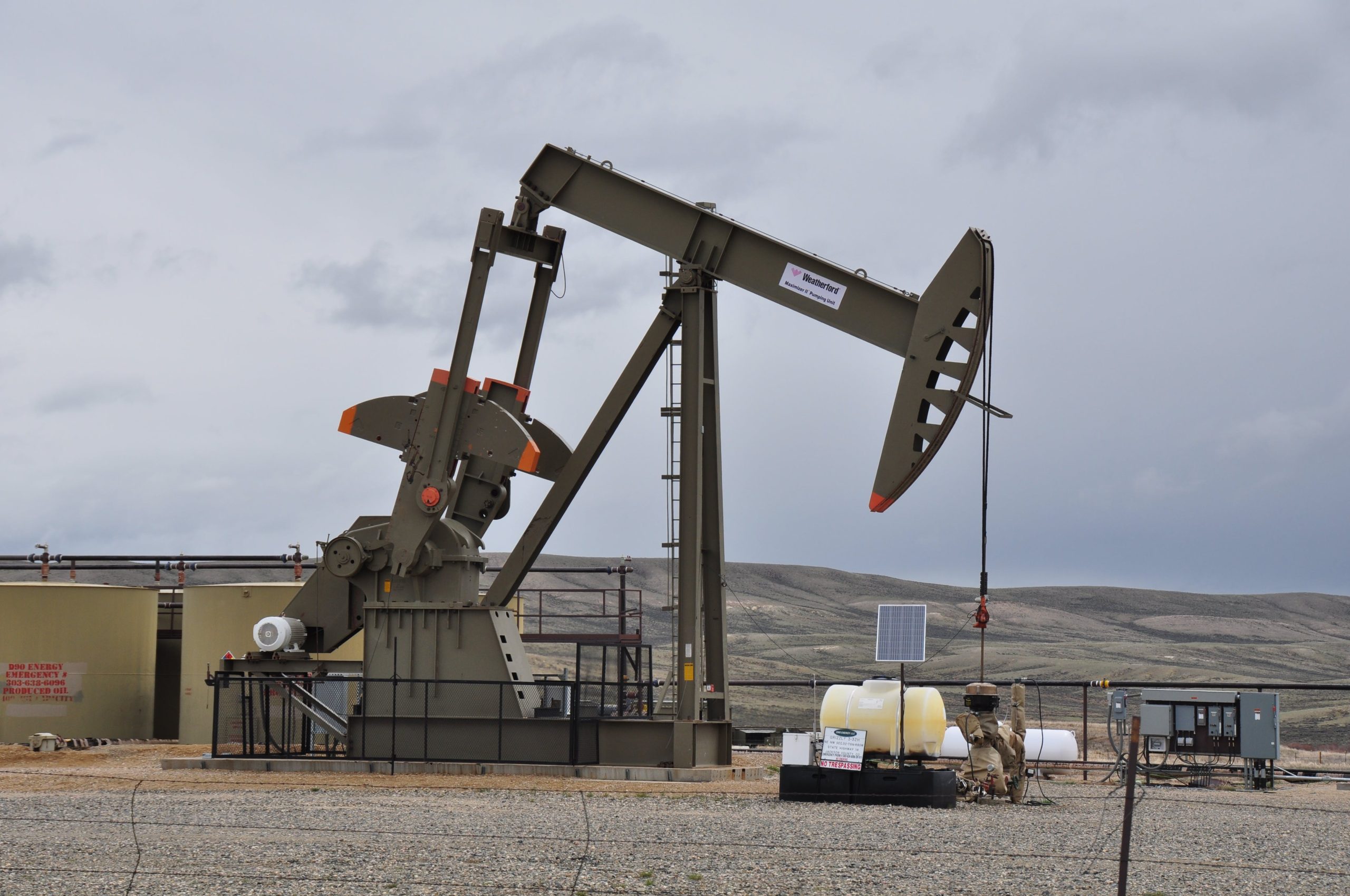Saudi Arabia’s economy has experienced a jarring reversal as it grapples with the impact of significant cuts in crude oil output, marking a drastic downturn in its overall economic performance.
According to recent reports from the country’s official statistics agency, the gross domestic product (GDP) contracted by a substantial 4.5% year-over-year in the third quarter of 2023, representing the most significant economic decline since the tumultuous times of the COVID-19 pandemic in 2020.
Notably, this contraction would have been even more pronounced if not for the 3.6% growth observed in non-oil activities. The root cause of this downturn lies primarily in the unprecedented reduction in the kingdom’s oil sector, which shrank by 17.3% in the third quarter, marking the most significant decline since at least 2011.
These cuts were implemented as part of a deliberate strategy by the world’s largest crude oil exporter to bolster global prices, leading Saudi Arabia to scale back its oil production to a mere nine million barrels per day in July, aligning itself with Russia in a bid to stabilize the market against weakening demand caused by a sluggish global economy.
The impact of these cuts has been profound, with the International Monetary Fund projecting a minimal GDP growth rate of 0.8% for Saudi Arabia in 2023, a stark contrast to the impressive 8.7% growth witnessed the previous year.
Saudi Arabia’s Struggle with Oil Cuts

Raif Weigert, Economics Director for the Middle East and North Africa at S&P Global Market Intelligence, emphasized the necessity of these measures, stating that the Saudi leadership acted to mitigate the risks posed by a potential global growth slowdown on oil markets.
Furthermore, the phasing out of these production cuts will serve as a significant factor influencing the trajectory of Saudi Arabia’s economic recovery. Weigert anticipates that the stakes are expected to conclude by 2025, with the economy projected to remain sluggish, with a growth rate of 1.1% in 2024.
The United Arab Emirates has managed to sustain economic growth, as revealed by the recent announcement by the country’s economy minister, indicating a 3.7% growth in GDP during the first half of the year, buoyed by a robust non-oil sector.
S&P’s new PMI data also points to a positive trend, indicating that non-oil revenues in the UAE are experiencing the fastest growth in four years. As the global economic landscape continues to evolve, Saudi Arabia and the UAE face unique challenges in steering their respective economies toward sustainable development and resilience.


Comments are closed.